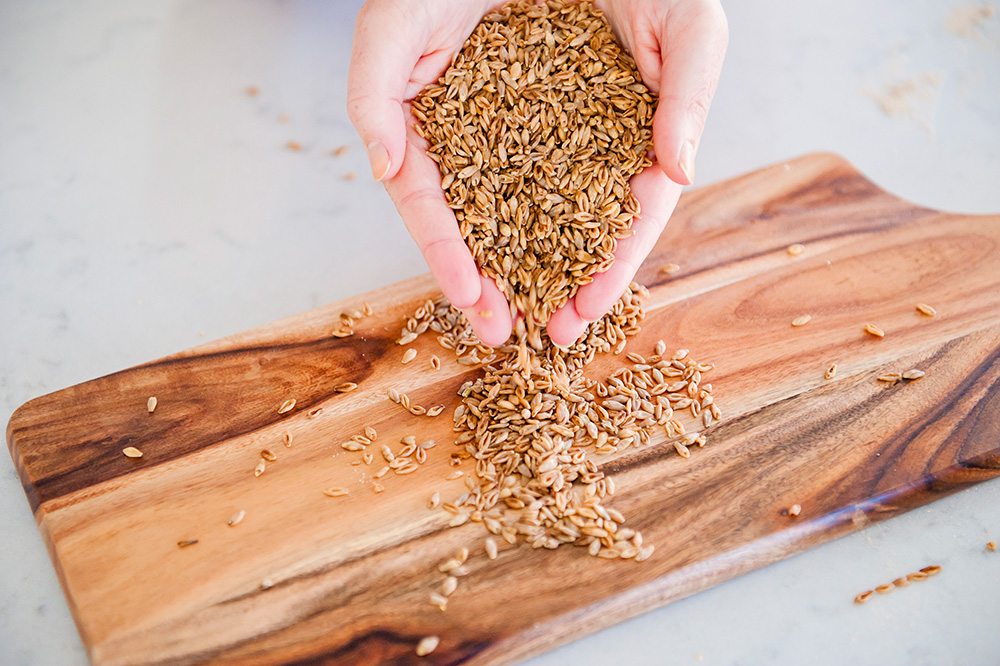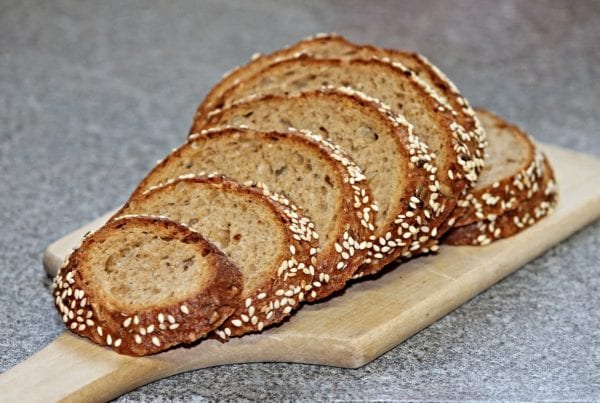“Whole grain”, like many other nutritional terms, has become a healthy eating buzz word, used by food companies to entice consumers to buy their products. I It can sometimes be difficult and often daunting for consumers to determine if there really is a grain of truth when seeing the word “whole grain” on packaging
The Grains and Legumes Nutrition Council™ – the independent authority for nutrition and health benefits of grains and legumes in Australia – has created the Code of Practice for Whole Grain Ingredient Content Claims, that sets a standard for labelling of whole grain foods. This code permits on-pack use of GLNC’s whole grain statement, and specifies the amount of whole grain required to make content claims.
However, not every food manufacturer is registered to use the code, and there is a simple rule to use to help identify a true and healthy whole grain.
When choosing whole grain foods: for every 10 grams of carbohydrate, there should be at least 1 gram of fibre.
The 10:1 ratio has been established using a scientific report from the Harvard School of Public Health, which bases the carbohydrate to fibre ratio on unprocessed wheat – a genuine whole grain. The Harvard researchers evaluated 545 grain products from two major grocery store chains, and found that foods that met the 10:1 ratio tended to have less sugar, sodium, and trans fats than those that didn’t. Not really a surprise!
The advantage of using this simple 10:1 rule is that the information for carbohydrate and fibre can be easily found on pack, and the calculation is a relatively easy one. By dividing the carbohydrate content by 10, if the grams of fibre is at least as large as the answer, then the food in question meets the 10:1 standard. This will be easier for most consumers than trying to decipher whether the product is a true whole grain or not, especially given the GLNC code is voluntary and many food products will still display “whole grain” on the packaging, even if they do not meet the ratio.
BARLEYmax™ is a super whole grain when it comes to this carbohydrate and fibre rule. With 32g of carbohydrate and 27g of fibre per 100g, this nutrition power grain meets the minimum ratio 9 times over!
In addition, BARLEYmax™ has the added advantage of being one of the highest-containing resistant starch grains on the market, a key benefit to help achieve optimal digestive health.
Download the nutritional information panel for BARLEYmax™ or contact us for further information about this super whole grain.
Intended as general advice only. Consult your health care professional to discuss any specific concerns.





